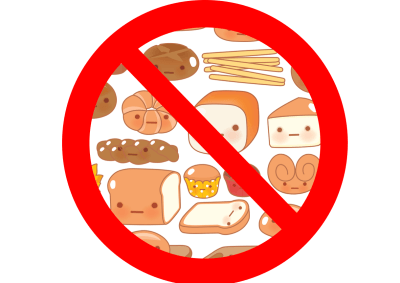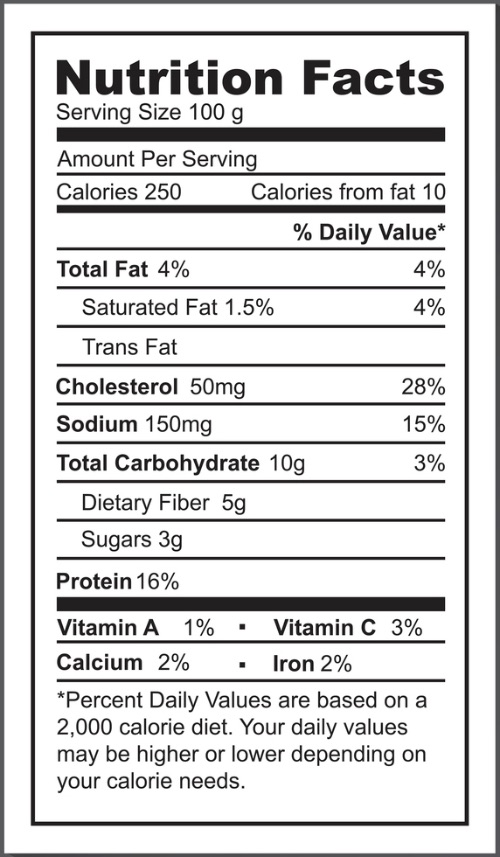 A keto diet, also known as a ketogenic diet, is a high fat, low carbohydrate diet that incorporates moderate amounts of protein. You may be thinking, “That’s great, I can eat fatty junk food all day!” But, quite the contrary. A keto diet is rigid, mathematically calculated and doctor-supervised, and requires healthy fats, whole foods and no sugars. It’s much stricter than the modified low-carb Atkins diet and requires careful measurements of everything consumed.
A keto diet, also known as a ketogenic diet, is a high fat, low carbohydrate diet that incorporates moderate amounts of protein. You may be thinking, “That’s great, I can eat fatty junk food all day!” But, quite the contrary. A keto diet is rigid, mathematically calculated and doctor-supervised, and requires healthy fats, whole foods and no sugars. It’s much stricter than the modified low-carb Atkins diet and requires careful measurements of everything consumed.
Although the keto diet was created in the 1920’s as a treatment for epilepsy, it’s become increasingly popular over the last 15 years for other health-related benefits. Let’s take a closer look at the keto diet.
What Can I Expect When Going Into Ketosis?
The goal of a keto diet is to switch your body’s energy source from glucose to fat. Since fat cannot break down into glucose, it breaks down into what’s called “ketones,” which are formed when the body uses fat for its energy source. Once the body is depleted of glucose and begins to use ketones for energy, one is considered to be in “ketosis.”
Achieving ketosis can be a small feat in itself. By depleting your body of carbohydrates and sugar, you’re actually going into withdrawal which can make you want to run right back to your favorite comfort foods. The withdrawal portion is known as “keto flu,” and yes, it’s as miserable as it sounds.
Keto flu, or low-carb flu, is the name given to a set of symptoms that most people experience when first going into ketosis. Much like a regular flu, fatigue, weakness, dizziness, headaches, coughs, sniffles, nausea and moodiness are all to be expected. Many people who experience these symptoms in the beginning of their ketogenic diet will believe the diet is harmful, and that they need to go back to consuming carbs. In reality, they have probably just been highly dependant on carbohydrates for the majority of their lives. After the adjustment period, generally lasting for a few days, most people say they feel better than ever.
What Does a Keto Diet Look Like?
The kinds of foods typically consumed on a keto diet are fatty meats, eggs, cheese, fish, heavy whipping cream, grass fed butter, oils (e.g. coconut oil or extra virgin olive oil) and nuts (e.g. macadamia nuts or pecans). Vegetables, especially spinach and kale due to their high fiber content, are added in small amounts. Acceptable fruits are those that are lower in carbohydrates such as blackberries, strawberries or avocados.
Vegetables, especially spinach and kale due to their high fiber content, are added in small amounts. Acceptable fruits are those that are lower in carbohydrates such as blackberries, strawberries or avocados.
Measuring your daily macronutrients, or macros, are necessary while on a keto diet. The three macronutrients in nutrition are carbohydrates, lipids, and proteins. As a general rule of thumb on a keto diet, fats should make up around 75% of your daily nutrition, protein should make up around 20% and carbohydrates should make up around 5%. Of course, these percentages will differ for everyone based on a variety of factors.
Measuring macros are essential on a keto diet because you can be knocked out of ketosis if you accidentally consume the wrong thing. For instance, too much protein can turn into glucose, kicking you out of ketosis, while too little protein can cause muscle atrophy and increased appetite. Too little fats can leave you feeling unenergized and weak, while too many carbohydrates will also kick you out of ketosis.
Fruits and vegetables contain carbohydrates, so they must be eaten in moderation. However, their fiber content is something important to pay attention to, and it will never be as exciting as it is on a keto diet.
Fiber is frequently talked about in the keto world, not only because it reduces unwanted side effects such as constipation, but it also allows you to eat more carbs. That’s right! Humans don't have the enzymes that can digest most fiber and derive any calories from it. As a result, fiber does not significantly affect blood sugar and ketosis. When you subtract fiber from total carbohydrates, you are left with net carbs which is the correct way to calculate carbohydrate consumption on a keto diet. View the photo on the right for an example—there are 10g of carbohydrates and 5g of fiber, leaving your net carbs at 5g.
What Are the Benefits of a Keto Diet?
With so many benefits, it’s obvious why this diet has taken off in the last several years! Here are nine reasons to try it:
1. Most diets leave you feeling unsatisfied and hungry, but most people experience quite the opposite while in ketosis. Studies consistently show that when people cut carbs and eat more protein and fat, they end up eating much fewer calories. In fact, when researchers are comparing low-carb and low-fat diets in studies, they need to actively restrict calories in the low-fat groups to make the results comparable.
2. Studies show that people on low-carb diets can lose more weight, faster, than people on low-fat diets—even when the low-fat dieters are actively restricting calories. One of the reasons for this is that low-carb diets rid excess water from the body. Because they lower insulin levels, the kidneys start shedding excess sodium, leading to rapid weight loss in the first week or two. Not only that, but you may even begin to notice your waist shrink as bloat is nearly diminished while in ketosis.
3. Visceral fat is fat that tends to reside around the organs. Having excess fat in these areas can increase inflammation and insulin resistance, and it’s believed to be a leading driver of the metabolic dysfunction that is so common in America. Low-carb diets are very effective at reducing the harmful abdominal fat.
4. Believe it or not, keto diets can actually reduce harmful cholesterol and increase “good” cholesterol, which so many Americans are lacking in. High-density lipoprotein (HDL) is often called the “good” cholesterol. Low-density lipoprotein (LDL), the “bad” cholesterol, carries cholesterol from the liver to the rest of the body. HDL carries cholesterol away from the body and to the liver, where it can be reused or excreted. The higher your levels of HDL, the lower your risk of heart disease will be, and one of the best ways to increase HDL levels is to eat more healthy fats!
5. Triglycerides are fat molecules which can cause heart disease. The main reason for elevated triglycerides is carbohydrate consumption, especially the simple sugar fructose. When people cut carbs, they tend to have a very dramatic reduction in blood triglycerides.
6. When we consume carbs, they are broken down into simple sugars. Then, they enter the bloodstream and elevate our blood sugar levels. Because high blood sugars are toxic, the body responds with a hormone called insulin. For healthy people, the quick insulin response tends to minimize the blood sugar spike in order to prevent it from negatively affecting us. However, some people have insulin resistance which can lead to type 2 diabetes. By cutting carbohydrates, you remove the need for excess insulin. Both blood sugars and insulin will decrease.
7. Having elevated blood pressure (hypertension) can play a large role in many diseases such as stroke, kidney failure and heart disease. Low-carb diets are an effective way to reduce blood pressure, which can lead to a lower risk of these health problems.
8. Glucose isn’t all bad, as some parts of the brain need it in order to function. But, the liver produces glucose out of protein when we aren’t consuming carbs. A large portion of the brain can also burn ketones, which are formed during starvation or when carbohydrate intake is very low. This is the mechanism behind the ketogenic diet, which has been used for decades to treat epilepsy in children who don’t respond to drug treatment. In many cases, this diet has proven to be a cure. Ketogenic diets are now being studied for other brain disorders as well, including Alzheimer’s disease and Parkinson’s disease.
9. Elevated ammonia levels and low GABA levels contribute to a condition called “brain fog.” According to several studies, ketosis has the potential to alleviate brain fog. How? Ketosis increases brain glutamine synthetase, which lowers ammonia levels. Ketosis increases GABA which opposes glutamate, the excitatory neurotransmitter. We need both for cognitive function, but too much glutamate can lead to neuronal injury and neurodegeneration. GABA is the counterbalance. Many people on keto diets have reported a decrease in lethargy, increased alertness, greater mental clarity and sharpness, quicker thinking, improved mood, increased productivity, and a natural need for less sleep.
It is important to realize that the long-term effects of being on a keto diet are not yet understood. Some doctors are concerned that a keto diet may place stress on the kidneys. While the diet can be great for people who are overweight, diabetic or looking to improve their metabolic health, it may be less suitable for elite athletes or those wishing to add muscle mass. Always ask your doctor before starting a new diet.
